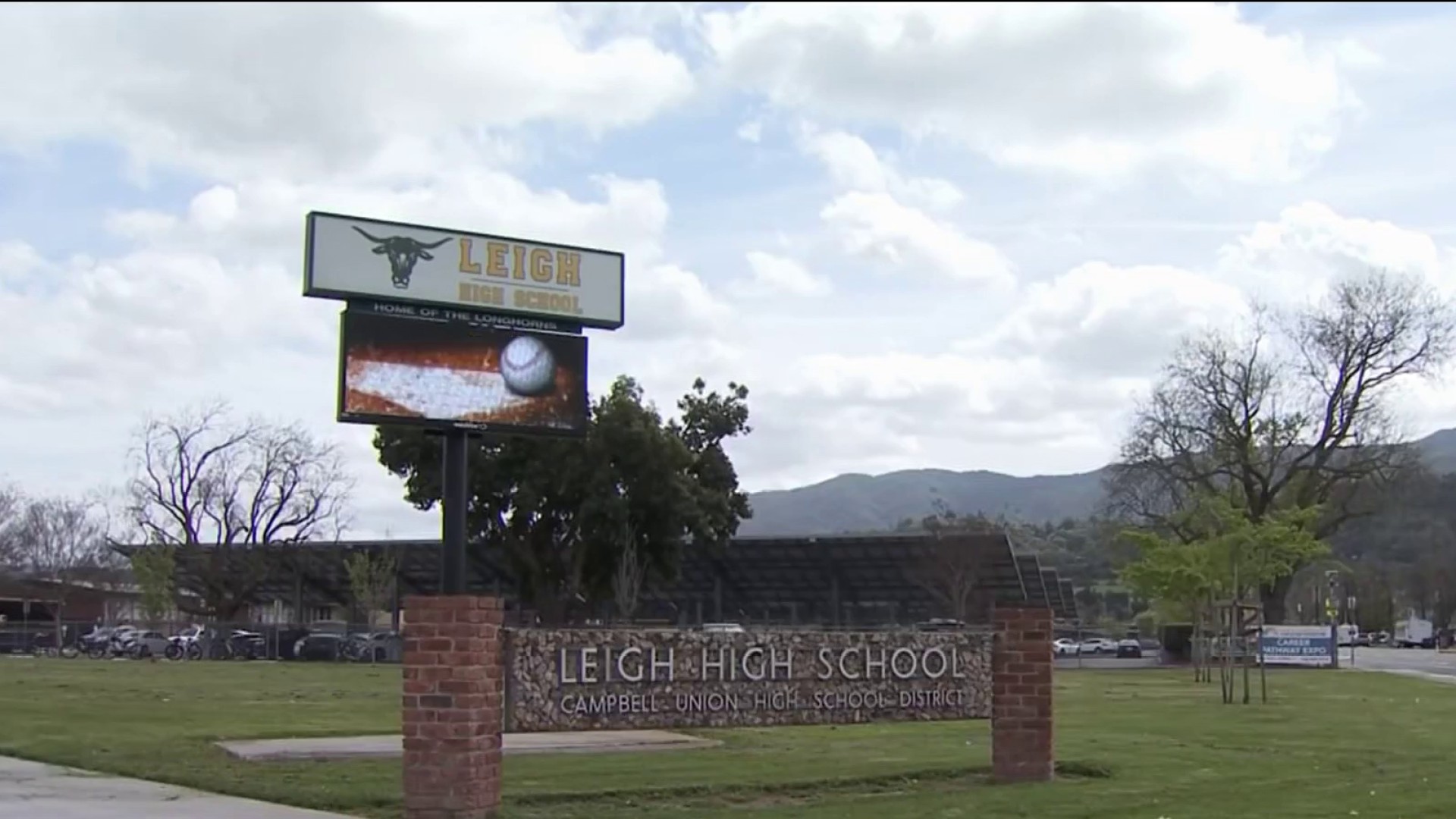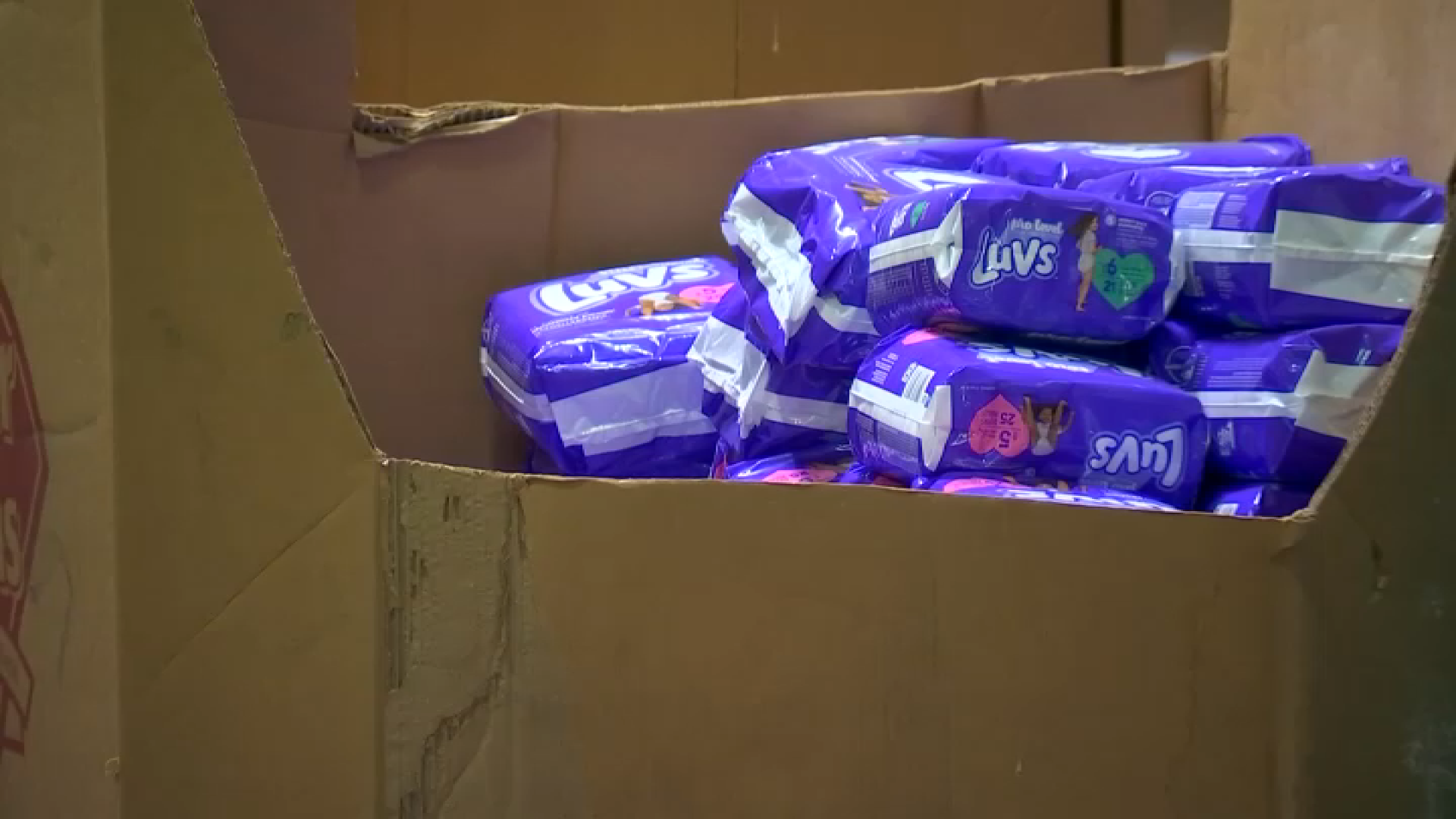Groups tracking the reintroduction of the endangered California condor celebrated last year when a record four birds hatched near the Arizona-Utah border.
This year has brought increased enthusiasm with the possibility that a condor hatched in the wild will produce the first second-generation wild bird.
Eddie Feltes of The Peregrine Fund says he and others are keeping their fingers crossed.
Breeding is underway for the condors in the Arizona-Utah flock and the captive flock at The Peregrine Fund's World Center for Birds of Prey in Boise, Idaho.
Biologists are watching from afar as adult condors incubate an egg in the Arizona-Utah flock nesting at Vermilion Cliffs National Monument.
The captive flock is expected to produce up to 20 birds this season.
California wildlife officials were concerned when two endangered California condors were found in water tanks used by firefighters in California's Central Valley.



